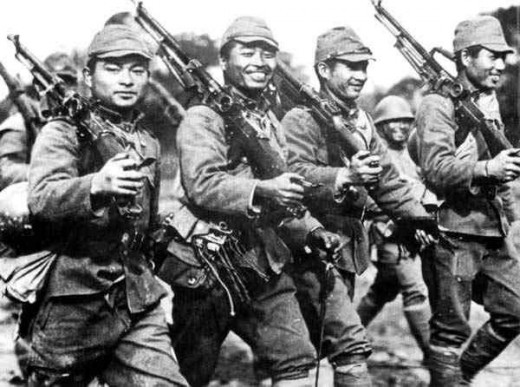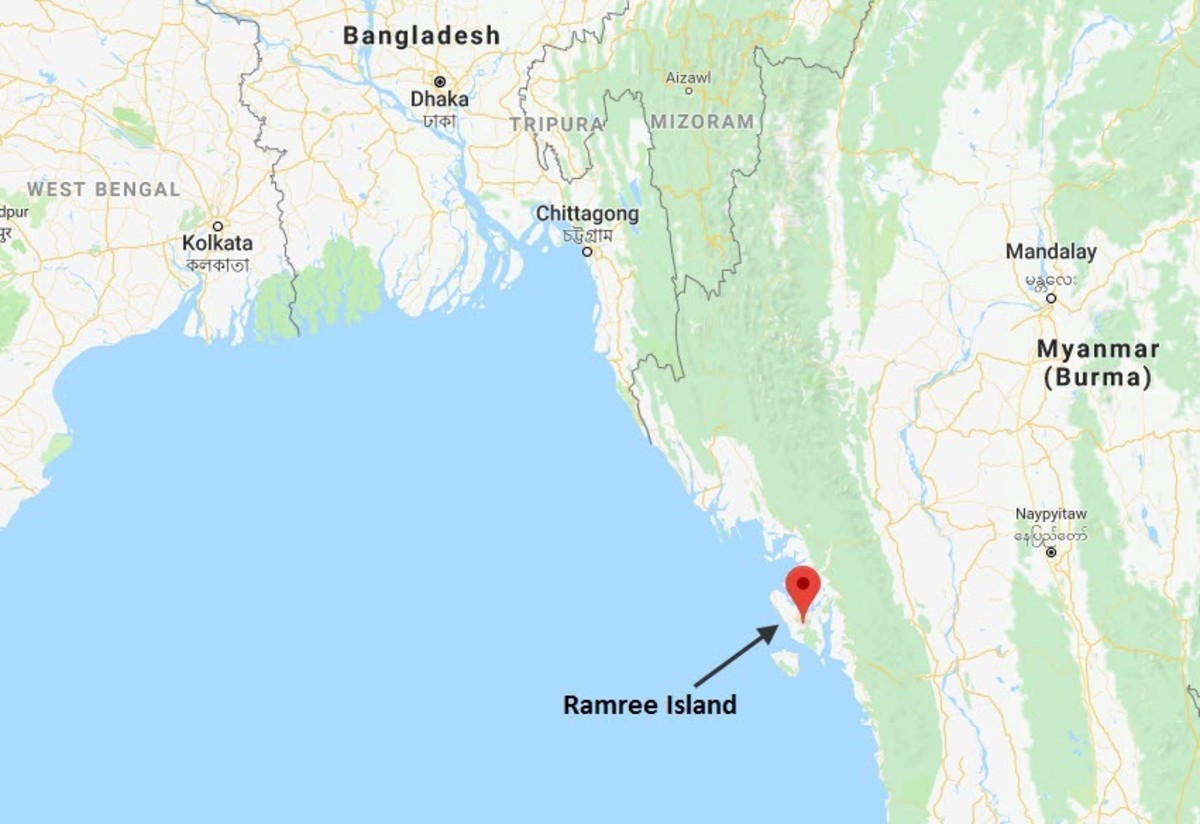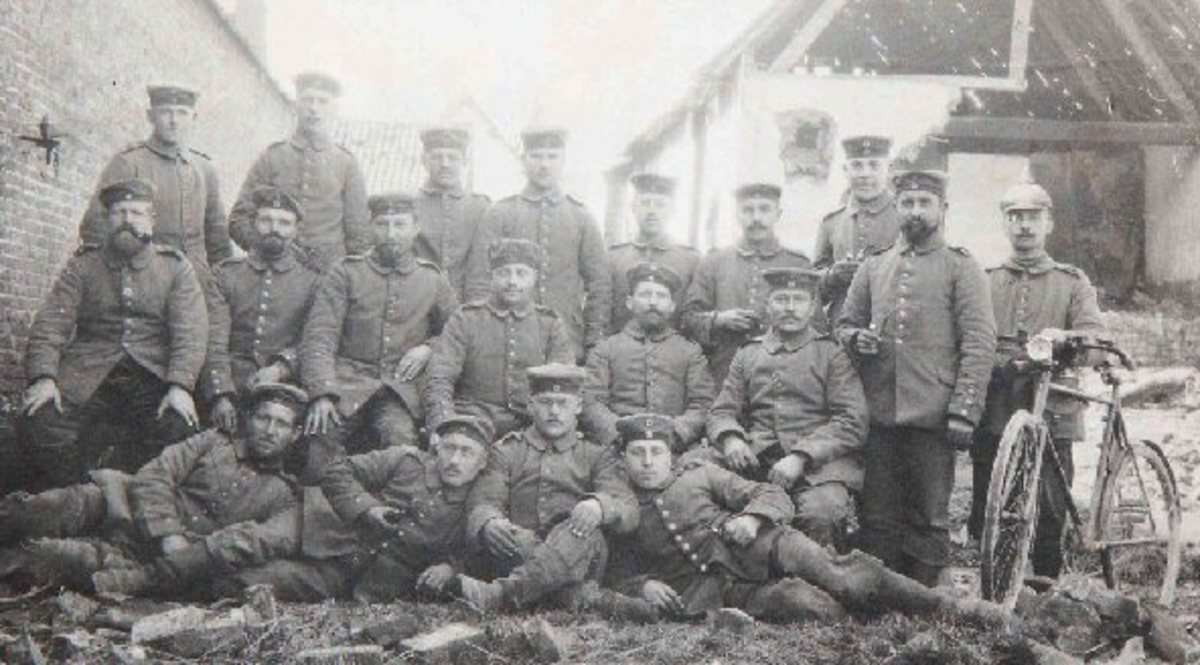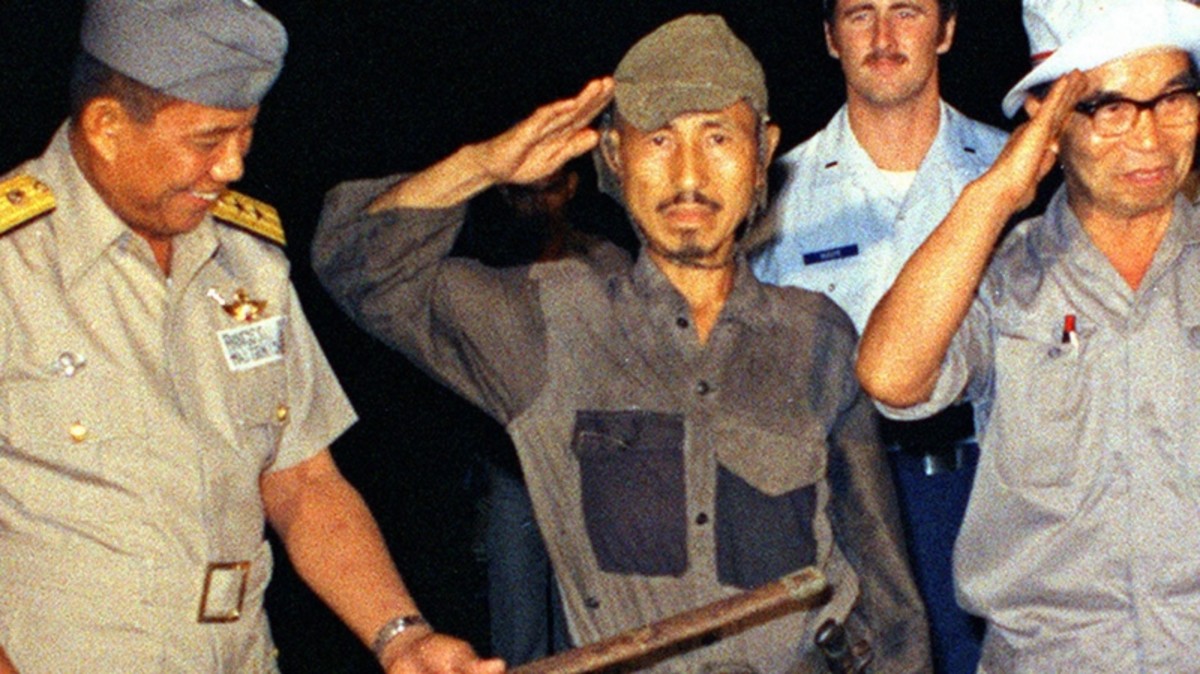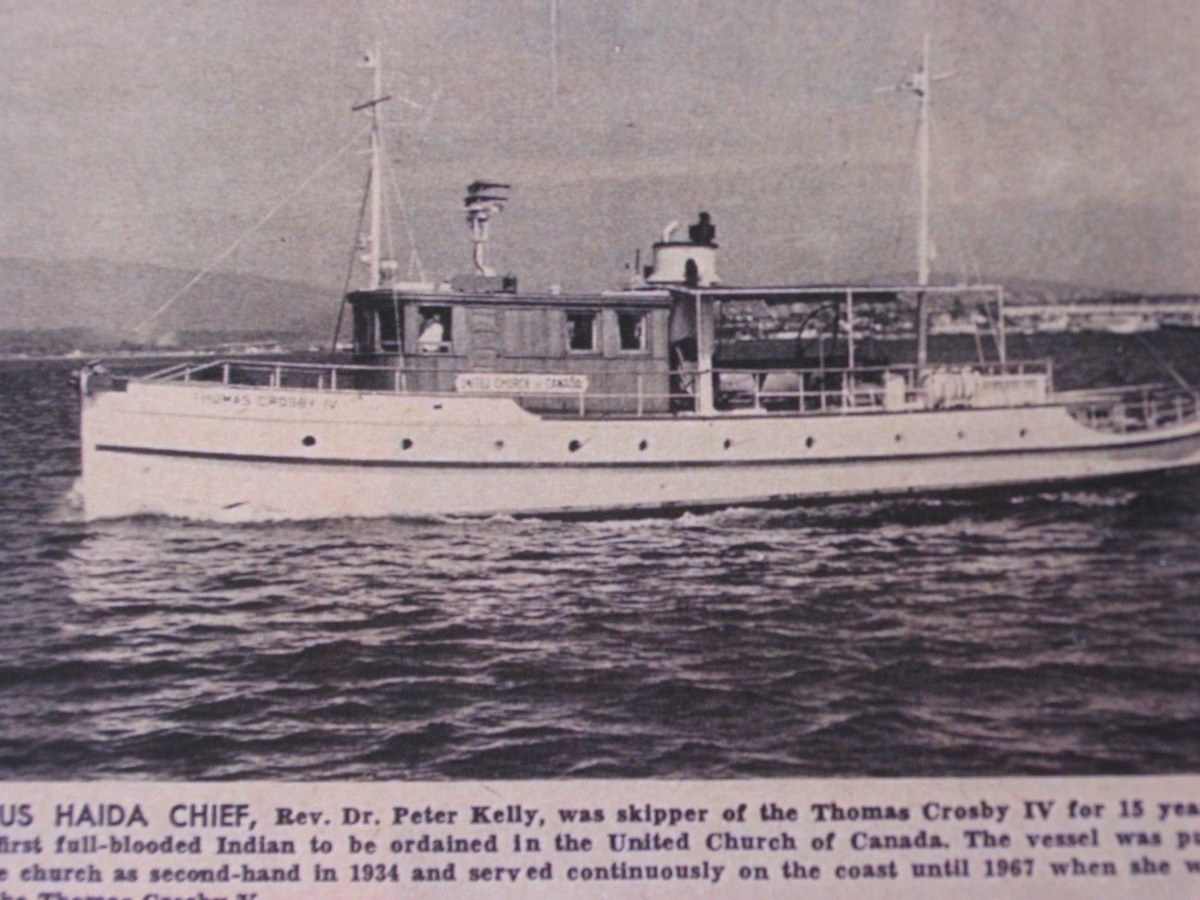- HubPages»
- Education and Science»
- History & Archaeology»
- History of the Modern Era
An Assessment of the Imperial Army During World War II
Background
Recently while having a drink with a friend of mine in Singapore, a very interesting conversation cropped up. My friend, a major from the British army asked me my opinion as to how efficient was the Japanese army during World War II, due to the fact that they had conquered almost the entire South East Asia and had reached the gates of India in Assam.
On the face of it, this looks a simple question and one can conclude that the Japanese Army was a formidable war machine and followed the Principles of War, as laid down by Clausewitz. How else do you explain their victories? However, a study of the Japanese operations during World War II does not present a very flattering picture of the efficacy of the Japanese Army. The army in Japan is greatly respected and even now the ashes of the war heroes of World War II are preserved in various temples and the Japanese Government and people regularly pay homage to them.
I have nothing to say on this, except that a nation must respect its war heroes. But as a professional, I must bring out the fact that I have strong reservations about the efficacy of the Japanese Army during World War. The first point that strikes me is about the Japanese occupation of China. This really was not much of a victory, as the Japanese army faced a Chinese army which was devoid of any aircover and artillery. China also did not have a worthwhile Navy which consisted of a few boats. The result was the Japanese could blockade the entire China coast with impunity. The battle in China cannot be construed as a great victory for the Japanese military, for simple the reason the Japanese Army faced little or no opposition in China. The opposing army in China consisted of a ragtag force. In fact, the only thing that the Japanese are remembered for in China, are the atrocities committed on the Chinese people, with the rape of Nanking being a serious violation of the rules of war.Coming down to other parts of South Asia campaign, I will show how the Japanese overcame Southeast Asia with sheer weight of numbers and also because the opposition was weak
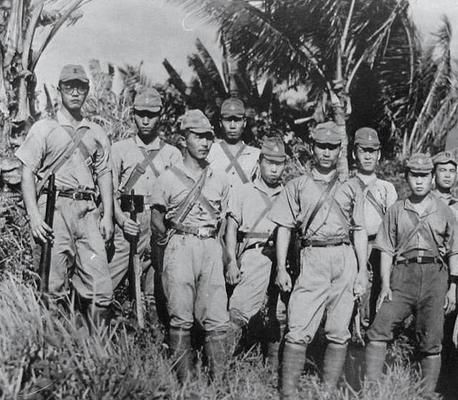
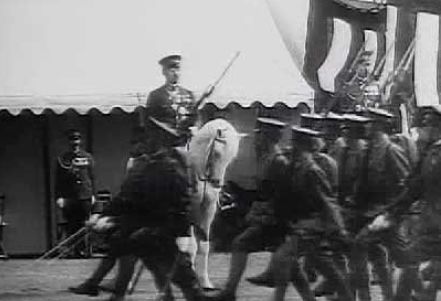
Conquest of South East Adia
After consolidating their operations in China, the Japanese looking for resources and minerals mounted a campaign against the former French and British colonies in Southeast Asia. They overran Shanghai, Hong Kong, and Vietnam, known as Indo-China in no time. The opposition to the Japanese was weak, as France which was the paramount power in Indo- China, had already been defeated by Hitler.
They could not fight back and surrendered.Similarly, Thailand capitulated and Singapore was taken without much of a battle. The British at that time were facing Hitler's army and were scared of an invasion by Germany and thus had hardly any forces to defend their colonies in Southeast Asia. The Japanese victory was like a walk over. The Japanese also overran Burma, as a handful of British Indian troops failed to stop the Imperial Army.
it was a string of victories, as can be seen by the way the Japanese invaded the Andaman Islands This was guarded by about 200 Sikh militia. The Japanese had one Battleship and six warships along with 2000 soldiers. The Sikh militia had to surrender and the Japanese occupied the Andaman Islands. These victories, I will say were a flash in the pan, because they were achieved against inferior opposition and the Imperial Army was never tested in battle. The first time the Imperial Army faced battle was in the battle of Imphal in Assam. Here Field Marshall Slim, the Allied commander, inducted battalions of Sikh, Gurkhas and Mohammedan forces of the Indian Army to counter the Japanese. This was the first time the Japanese really faced any resistance and they began a headlong retreat against the Indian Army.
The fact remains that the Japanese who had won easy victory against weak opposition, when faced with the professional Army like the Indian Army failed to hold on and in Battle after Battle they were pushed back. They retreated and lost Rangoon and Singapore .It should be understood that at that time the Japanese had sufficient number of troops and if they had made a determined stand they could have prolonged the war. Loss of morale and the fact that they are facing a formidable adversary dented their confidense.
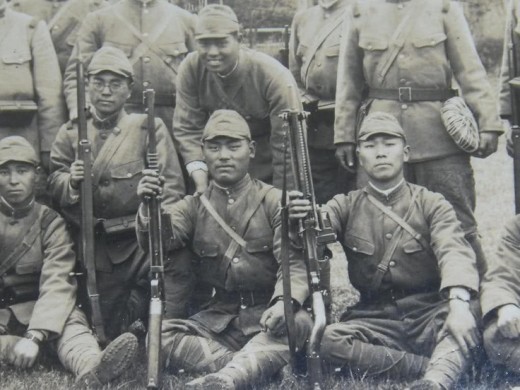
Assessment
Now we come to the easy task of assessing the Japanese Imperial Army. It is apparent that when the Japanese army faced a weak opposition they were always victorious The Japanese Army when face to face with the Indian Army could not hold them and was pushed back. I am giving my assessment in this article about the Imperial army only and about the Imperial Navy, which basically faced the American Navy, I will give my assessment in a subsequent article.
Japanese Army used to easy victories was not up to the mark in professional combat with a determined force. The Japanese who had not lost a War for 2000 years in their history were defeated at the gates of Assam by troops of the British Indian Army which basically consisted of Sikhs, Gorkhas, and Musalmans. Japanese generals failed to imbibe the Principles of War but the fact remains that the Imperial Army was not blooded for a sustained and ferocious military campaign. Their easy victory in China and Indo-China gave them a sense of complacency and that could be the reason, that when they faced the British Indian Army were found wanting.
The Japanese soldiers were highly indoctrinated in patriotism and loyalty to the emperor but this by itself is not a substitute for victory. The uS army which fought the Japanese in the pacific islands faced tough resistance yet prevailed over the Imperial army. They fought fanatically to the death but perhaps the finer points of war, like retreating and regrouping were not followed.
Another drawback of the Imperial army was the complete absence of chivalry. They treated their POWs abominably and many times used them for target practice. They traveled with "comfort women" who were recruited from the conquered areas and for that the Imperial army has no explanation even in the 21st century.
